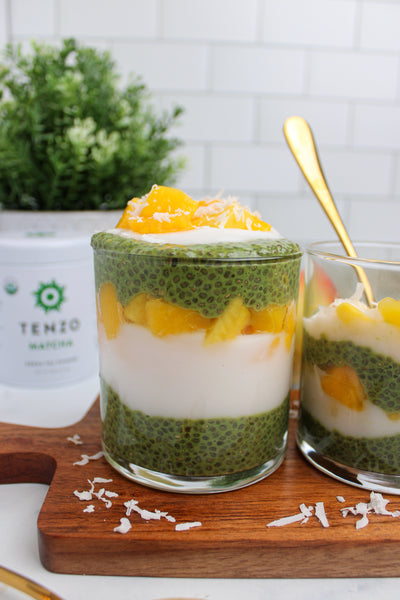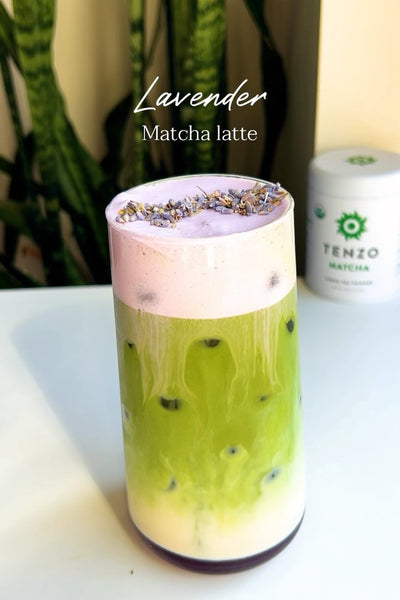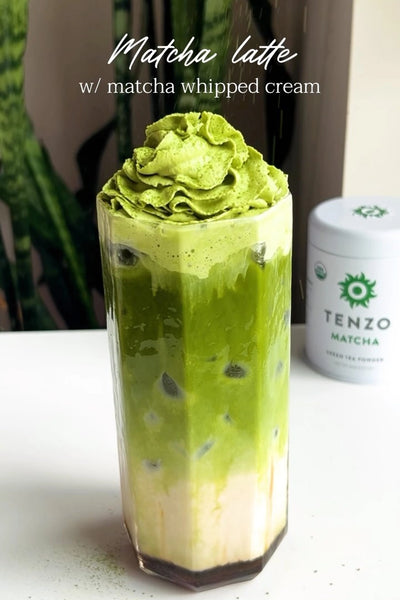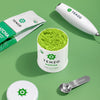The History of Matcha
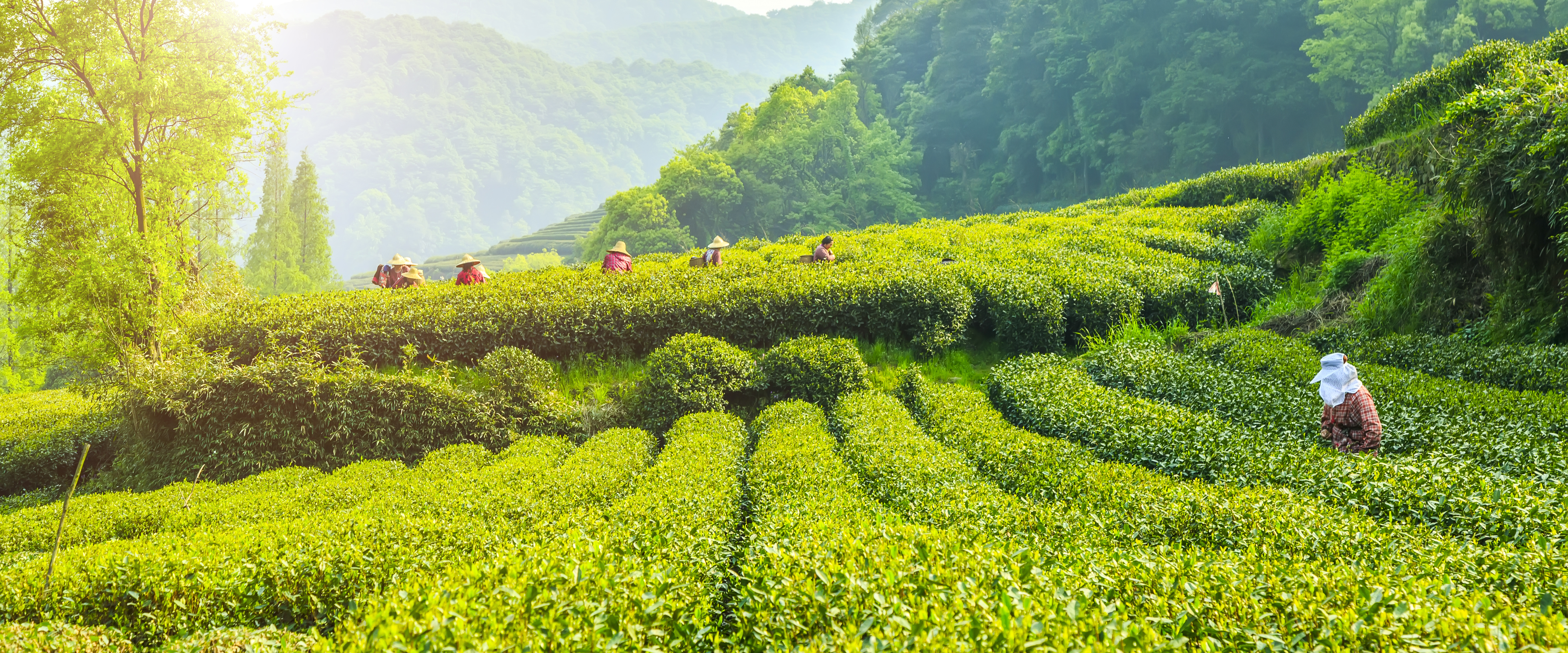
Where is matcha from?
Matcha is the finest green tea powder carrying benefits of whole tea leaves. While it may seem like it has recently taken over the world, matcha goes back thousands of years – the time when China was ruled by dynasties and Japan had Shogun clans as rulers. The history and origin of matcha green tea are just as rich as its taste. Matcha’s rising global consumption isn’t something purely trendy but it carries quite an interesting history, existing for a thousand of years now. So, where was it all this time? If you are buying your matcha in bulk in the wholesale, you ought to know where it comes from.
Is Matcha truly from Japan?
You probably know Matcha coming from Japan and there isn’t a bit of doubt there. It is a Japanese staple. However, the green tea powder has its beginning roots in China – it is from where the idea of powdered tea prevailed. Japan is responsible for matcha’s mass production and the traditional tea ceremony which describes the luxurious status of this premium green tea. In fact, the very word matcha is Japanese where “ma” means rubbed or ground and “cha” translates to tea. Therefore, matcha stands for grounded tea.
How did Matcha originate in China?
Let’s go back to the times when Tang Dynasty was reigning in China, a period spanning from 7th Century to 10th Century. It was the time when the concept of powdered tea emerged. The people from Tang Dynasty used to steam the tea leaves and form bricks. This practice made the tea harvest a rather simple process and trade was easier as well. Later, these bricks were roasted and pulverized resulting in a fine tea powder which could then be mixed with salt and water for consumption – sounds similar to how to make matcha these days, right?
After the Tang Dynast came the Song Dynasty, whose rule spanned from 10th Century to 13th Century. This was the time when Matcha powder truly found its foundation. During this period Eisai, a Japanese Buddhist Monk was staying in China, and when we returned, he brought with him the tea seeds and the Zen Buddhist methods of preparing the powdered green tea. These tea seeds from China were considered the highest quality in all of Japan at that time and it holds true to this day.
Matcha Green Tea from Japan
When Eisai brought back the tea seeds, he planted them on the temple grounds in Kyoto – the home of Kamakura Shogun. Kyoto still is one of the only regions where matcha is grown; Aichi being the other. Back then, matcha wasn’t produced in bulk and as a result, it was an emblem of luxury status.
Later, when Eisai returned to Japan, Zen Buddhists invested in a different method of cultivating the green tea plant – the method which is still In use and makes the matcha powder more potent.
How is Matcha powder prepared?
Matcha comes from Japan because it is the only region where it is produced. Matcha isn’t your regular green tea and thus, it is prepared in special conditions which come under Japanese expertise only. You might be wondering about the new method mentioned earlier – this is it.
The method is called tencha. Three weeks prior to the harvesting of the leaves, farmers cover the tea plants with bamboo mats or tarps. Doing so shields the plant from direct sunlight which in turn triggers the overproduction of chlorophyll – now you understand why matcha is such a vibrant green color! This process also accounts for the maximized health benefits matcha houses. Moreover, the deep earthy, umami flavor you taste while enjoying your match, it is also the courtesy of this specialized process – the amino acid theanine is responsible for it.
The thorough process of preparing matcha
The attention which matcha requires doesn’t end with cultivation – it continues until you brew yourself a cup. When the tea leaves are ready for harvesting, they are hand-picked, steamed and then air dried. After the leaves are ready, they are sorted in grades: with kitchen grade being the poor quality matcha and the ceremonial grade being the premium quality. Later, the leaves are destemmed and deveined – now, they are ready to be grounded resulting in what is called “matcha!” Traditionally, matcha is ground using a stone mill or a mortar and pestle. However, for larger amounts, powdering machines are used.
What is the ritual of matcha?
Japanese are highly cultural people and it reflects in everything they do. It is evident in the most minuscule of the practices – drinking tea in this case. Matcha is so important to the Japanese that they have a specialized activity for honoring the symbol it represents. They carry out a Tea Ceremony, called chanoyu or sado, Chado in Japanese, also known as the Way of Tea. It encompasses everything from the tea plants’ cultivation to preparation and consumption. Thus, the intricate processes involved from sowing tea seeds through drinking the matcha.
Even though Maruta Juko, a Zen student, brought together the fragmented pillars of the tea ceremony in the 1500s, Zen Master Sen-no-Rikyu is recognized for propagating Juko’s team ceremony. He formed the four basic principles of the Japanese tea ceremony: Harmony (wa), Respect (kei), Purity (sei) and Tranquility (jaku). You see, matcha isn’t just some powdered green tea, it holds strong cultural and spiritual value for the Japanese.
Does matcha have to be the same for you?
Surely, Japanese have immense respect for this green powdered tea. It is also quite evident that it takes great care to end up with a powdered matcha which truly holds its essence – the rich, earthy taste, the vibrant green color and the numerous health benefits.
You, being in the café business, might not really be concerned with the entire tea ceremony ritual – understandable. However, it is crucial you realize the importance it holds to prepare the matcha correctly. Only when you know the origin can you do justice to its preparation!





